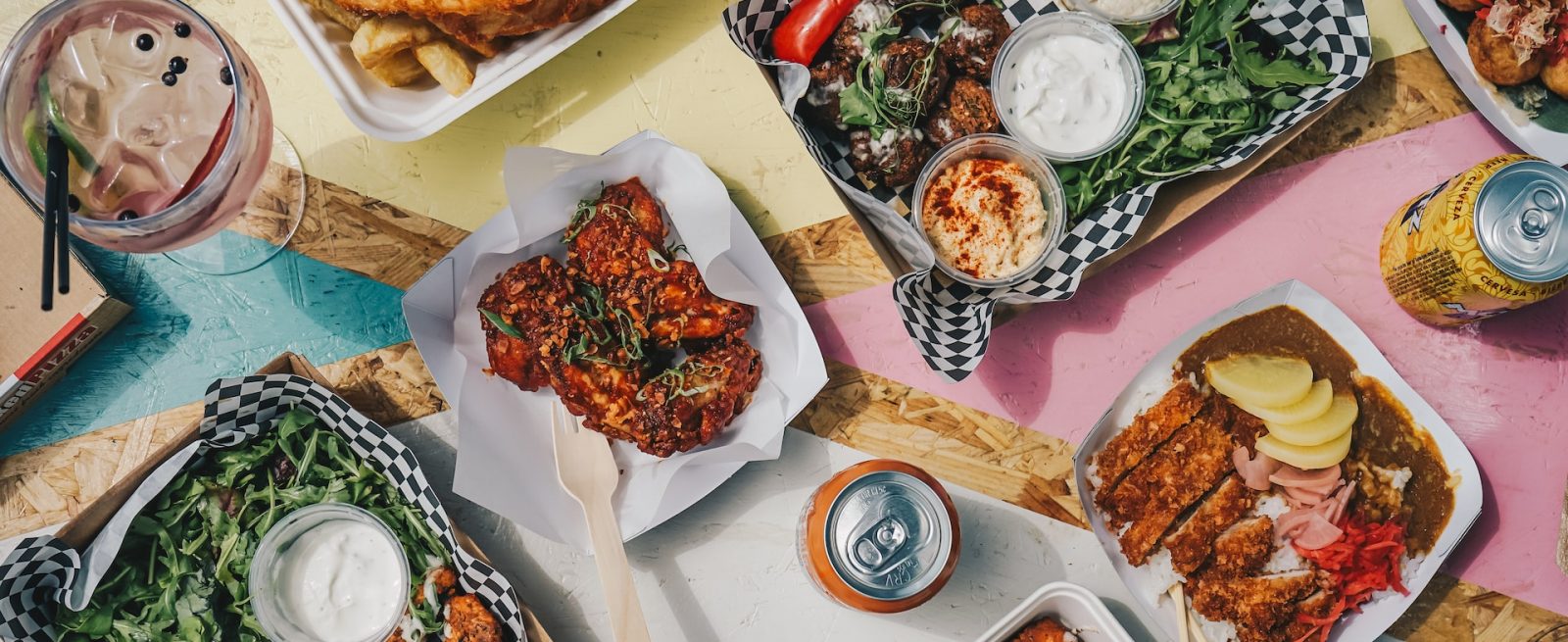Five Ways to Enhance and Improve the Takeout and Delivery Customer Experience
4 Min Read By Kate Bae
Less than two decades ago, restaurant-quality meal delivery was largely limited to pizza and Chinese takeout. Today, the global food delivery app industry is predicted to reach $320 billion by 2029 — up from $140 billion in 2022. Consumers crave convenience. As such, implementing a robust food delivery and takeout service has become critical for restaurants’ longevity and success. Yum Brands CFO Chris Turner noted that delivery channels have helped brands like Pizza Hut meet demand at peak hours, freeing up restaurant employees’ time to focus on other tasks.
Here are five ways to enhance your restaurant’s takeout and delivery operations to improve customer experience and open the door to more profit.
1. Enhance Your Digital Presence
Grubhub projects 40 percent of restaurant orders in 2023 will take place online. So, if you’ve skimped on your digital presence, the time to change is now. Create or enhance your website and make sure you offer an “order online” option that is easy to find. You can also consider creating your own mobile app. Mobile apps improve order customization and customer autonomy over the ordering process while also increasing overall brand awareness and local restaurant perception.
When it comes to delivery, you can take the process into your own hands. A mobile ordering platform allows operators to directly own profits and guest relationships – allowing customers to easily order pickup or delivery directly from the restaurant, commission free. With the right partner, mobile ordering:
- Integrates seamlessly with your point of sale, enabling employees to focus on the guest experience, not managing delivery orders by phone or a separate app.
- Manages orders at peak hours so the kitchen isn’t overwhelmed.
- Provides access to new guests, while remembering returning regulars to order their usual.
This type of next-generation restaurant architecture helps restaurants adapt to changing market and consumer needs, making it simple to serve guests anytime, anywhere, while making operations easier.
2. Dole Out Digital Deals
Growing your digital presence enables you to level up your loyalty program and marketing campaigns. For example, you can leverage transactional and experiential data to offer personalized rewards and discounts.
Most customers seek a personal, thoughtful experience in restaurants and will give their contact information for tailored, individualized service. It can be as simple as using name personalization and saving their frequent orders. In fact, 58 percent of consumers went to a restaurant solely because of a personalized offer. This is where automation and leveraging data to drive personalized marketing can make a big impact – building on their sense of loyalty and helping drive connection to your restaurant for your customers.
You also want to integrate your marketing and loyalty platform with your restaurant POS system. The data it holds can be leveraged in the early stages of your customer loyalty strategy to start building customer personas. An integrated tech stack will help bridge the data of your ordering platforms and loyalty information so you can develop impactful marketing and loyalty programs – that drive revenue.
3. Improve Food Management
You can create a great meal then spoil it with poor food management. Hot soup arriving cold or a salad arriving wilted can ruin the customer experience and earn your restaurant negative reviews.
Food management practices are essential in delivering fresh food. Your restaurant needs the right technology to track expiration dates and direct shipment schedules and cope with overall food shortages. Try using a first-in, first-out (FIFO) model to maintain a consistent inventory schedule and prevent delivery orders from sitting on a shelf or getting lost in the shuffle.
Whether using third-party delivery or managing delivery for your restaurant yourself, inventory management software and automatic inventory updates can save you time, lower food costs, keep menu items fresh and enhance the guest experience to keep patrons coming back for more.
4. Differentiate Digital Menus
A well-developed digital menu, with high-quality food photos, should be easily navigable for customers and updatable for restaurant operators. Consider emphasizing highly rated, high-revenue or seasonable items and offering a condensed, online-only menu that provides descriptions so diners can easily find items that fit their diets. Consumers tend to have short attention spans and a menu featuring 100 items might seem too cumbersome to wade through. And by updating a digital menu in real-time, you won’t disappoint diners by running out of certain items since they can be 86d on the back end.
5. Use Data to Track Success
Virtual menus can track items customers have ordered. Data insights enable brands to improve sales performance by giving access to menu patterns like which items are selling like hotcakes and which ones are a flop.
Additionally, data can be used to upsell and personalize the customer experience. If you know a return diner usually orders a cheeseburger with a gluten-free bun, you can greet them with a “Would you like your regular this afternoon?” Such personalization can set you apart in a sea of competitors.
Convenience Delivered
Restaurants, like yours, must make the best decisions for their business and think critically about how to best partner with delivery platforms and experiment with new ways of doing business.
Meet customer expectations by optimizing your digital presence and putting these five best practices into play. In doing so, you can help remove friction for both guests and team members – optimizing food quality for takeout and delivery.


